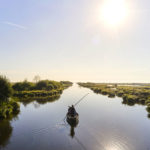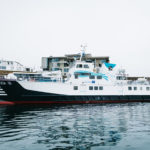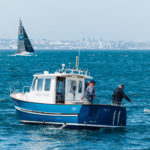Table of Contents
Dreaming of exploring Brittany’s coastal roads and medieval villages in your car? Skip the usual ferry frustrations with these hard-won tips from someone who’s made the crossing over 50 times. Whether you’re a first-timer or a seasoned traveler, these insights will help you take your car to Brittany.
Essential Pre-Journey Documentation
Success starts with proper paperwork. You’ll need your valid passport, driving license, vehicle registration document (V5C), and insurance certificate showing European coverage. French law requires specific safety equipment in your car: warning triangles, reflective vests (one per passenger), and headlight beam deflectors. Keep all documents in a clear folder for easy access during check-in.
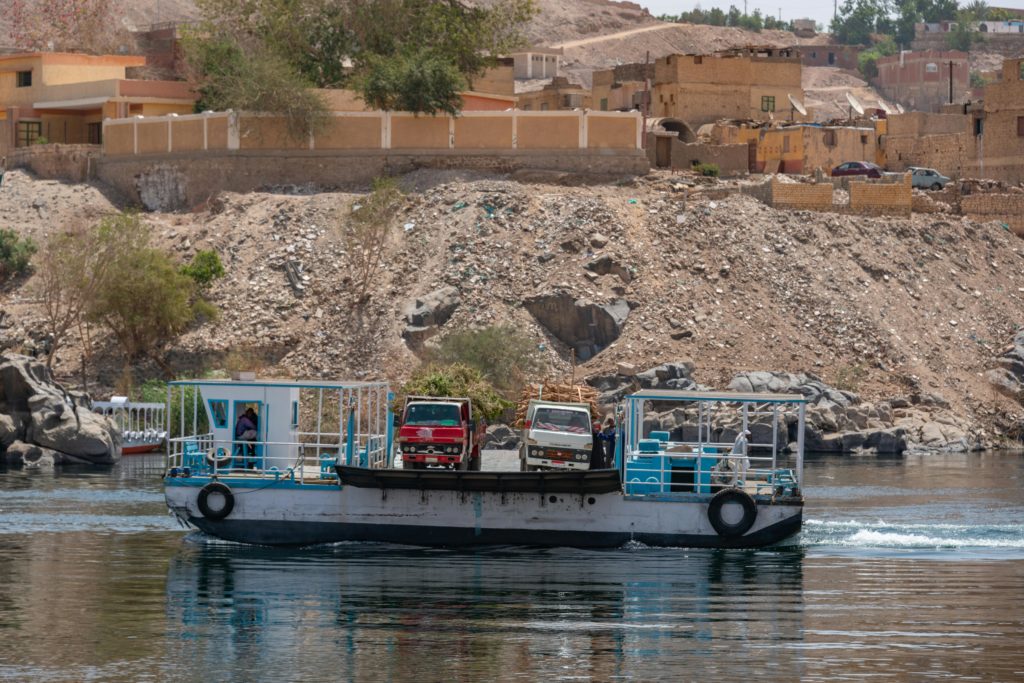
Timing Your Booking
Securing the best deal requires strategic timing. Mid-week sailings can save you up to 40% compared to weekend crossings. Book three to four months ahead for optimal cabin choice and rates. The sweet spot for travel falls in late June or early September when you’ll enjoy perfect Breton weather without peak season prices. French school holidays differ from British ones, so checking the French calendar can help you avoid unconsciously booking during peak periods.
Vehicle Documentation Essentials
Success lies in preparation. Your passport and driving license need to be valid for the entire trip duration. Carry your vehicle registration document (V5C) and insurance certificate showing European coverage. French law mandates specific safety equipment: a warning triangle and reflective vest must be accessible without leaving your vehicle. Remember headlight beam deflectors for driving on the right side. Keep a folder with copies of everything in case originals go missing.
Understanding Cabin Options
Your cabin choice impacts the entire journey. For overnight crossings, cabin accommodation comes included in your fare. A four-berth cabin shared between friends often works out cheaper than separate seats plus a hotel in France. Consider the ship’s layout when choosing – midship cabins between decks 5 and 7 provide the smoothest ride in rough seas. Commodore class cabins offer extra space and priority boarding, worth considering for longer crossings.
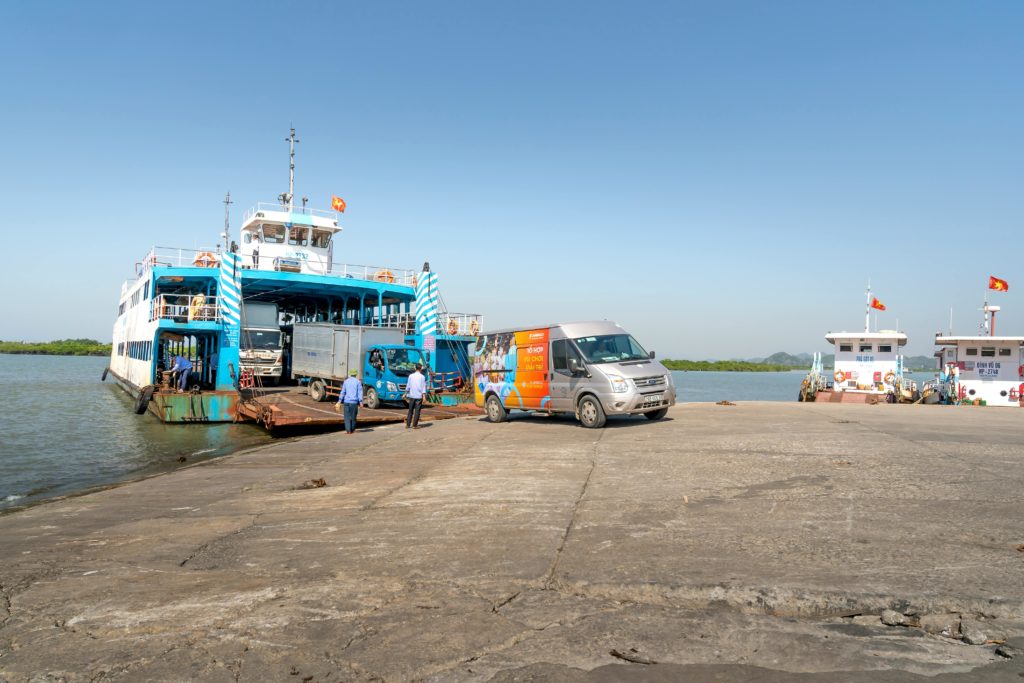
Mastering Port Arrival
The 90-minute pre-departure window exists for good reason. Allow time for check-in, security screening, and potential customs examinations. Use this period to organize your vehicle, ensuring essential items remain easily accessible. Early arrivers gain access to better port facilities and duty-free shopping. The check-in process runs smoother when you have documents ordered and ready for inspection.
Navigating Car Decks
Car deck orientation challenges even experienced travelers. Photograph your deck number and nearby stairwells – identical rows of vehicles become confusing after a long crossing. Request upper deck placement during booking if possible – these levels typically disembark first. The ship’s movement can trigger sensitive car alarms, so adjust or disable yours before leaving the vehicle. Note any luggage storage locations if you’re using them.
Loading Techniques
Approach the loading ramp with confidence but caution. Drive steady and slow, following crew instructions precisely. Ramps vary in steepness between ships, so maintain consistent acceleration. Park leaving enough space for neighboring vehicles to open their doors. Once parked, engage your handbrake fully and leave the car in gear. Lock your vehicle but avoid setting the alarm – ship movement frequently triggers them.
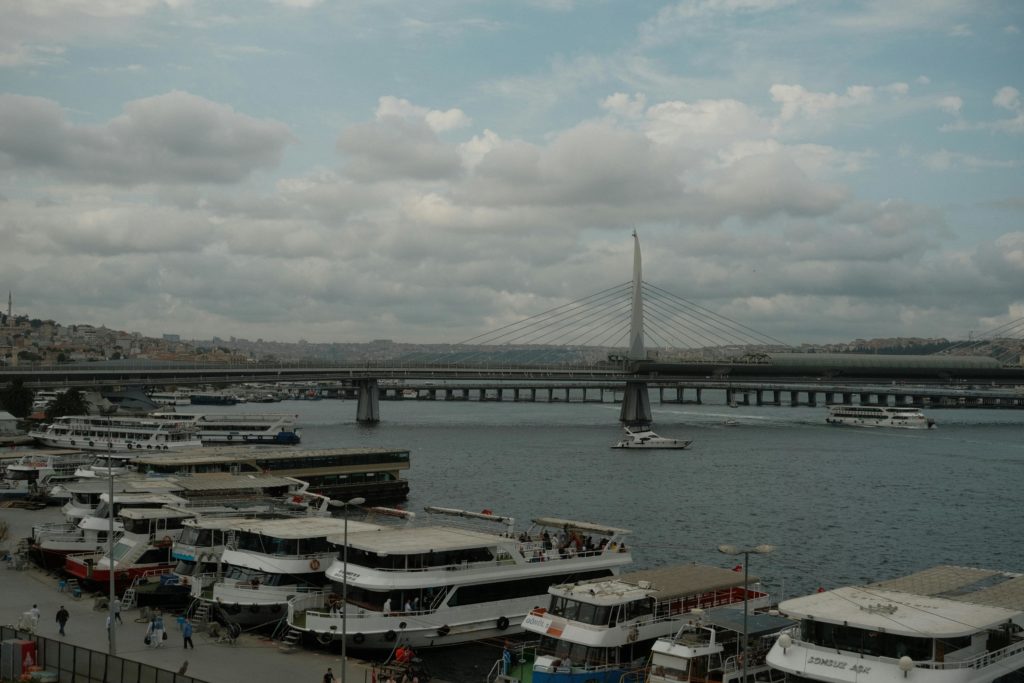
Crossing Comfort Essentials
Pack a separate overnight bag with necessities – you won’t have car access during the journey. Include toiletries, a change of clothes, entertainment (downloaded content beats patchy ship WiFi), and any required medications. Power banks prove invaluable as cabin socket access can be limited. Consider seasickness remedies even if you normally sail well – the Bay of Biscay can surprise you.
Restaurant Know-How
Book your dining slot when reserving your crossing – it costs nothing extra and guarantees a table. Evening restaurants showcase Breton specialties like seafood platters and galettes. The 7:30 PM sitting books are the fastest, especially on night crossings. Consider the informal café for lighter meals or if you prefer flexible dining times. Breakfast bookings prove worthwhile on morning arrivals, letting you avoid the self-service rush.
Smart Money Management
Ferry trips involve various expenses beyond the ticket price. Paying in euros often works out cheaper than sterling onboard. Notify your bank and credit card companies about travel dates to prevent card blocks. Load a travel money card before departure for better exchange rates than shipboard bureaux de change. Keep some cash handy for French toll roads immediately after arrival.
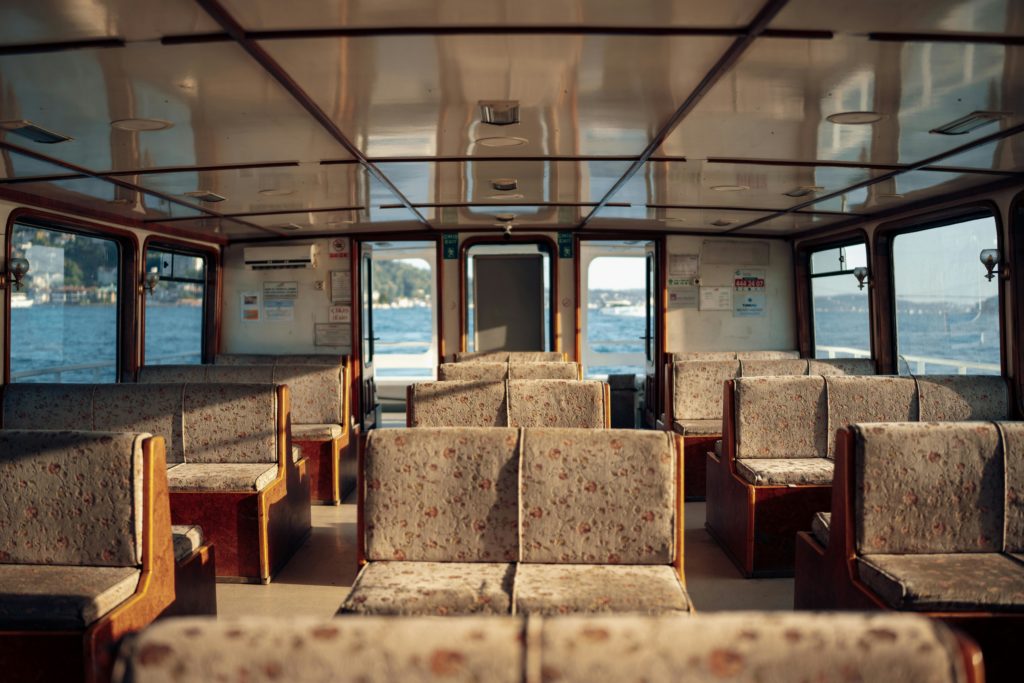
Weather Considerations
The Bay of Biscay’s reputation for rough seas isn’t unfounded. Summer crossings generally offer calmer conditions, but check weather forecasts regardless of season. If prone to seasickness, book outside cabins midship on higher decks where movement feels less pronounced. The captain provides weather updates during crossings, helping you plan arrival times accordingly.
French Driving Preparation
Adjust your driving mindset before arrival. French roads generally flow well but require attention to different rules. Speed limits change frequently, and enforcement is strict. Rural Breton roads often narrow unexpectedly, while historic town centers challenge wider vehicles. Plan your first fuel stop before departure – some port area stations close early on Sundays.
Arrival Procedures
Prepare for disembarkation while still onboard. Gather documents and reset your watch to French time before returning to your vehicle. Clear space for fitting headlight beam adjusters if not already installed. Know your intended route from the port before starting your engine – satellite navigation systems sometimes struggle with port areas. Keep your first stop’s address handy in case you need to ask for directions.

Making Your Journey Count
Remember that your ferry crossing marks the start of your Brittany adventure, not just a means to an end. Use crossing time to study local maps and plan regional exploration. The onboard tourist office offers valuable insights about current local events and lesser-known attractions. Start practicing basic French phrases – even simple greetings enhance your travel experience significantly.
With proper planning and these insider insights, taking your car to Brittany becomes a pleasurable part of your holiday rather than a logistical challenge. Follow these guidelines, and you’ll navigate the process like a seasoned traveler, ready to begin your French adventure the moment you drive off the ship.

I’ve always been captivated by Brittany’s unique charm, and I started this site to share my favourite spots and tips with fellow travellers. From exploring hidden beaches to experiencing local culture, I aim to provide practical advice and fresh perspectives on everything this destination has to offer.


